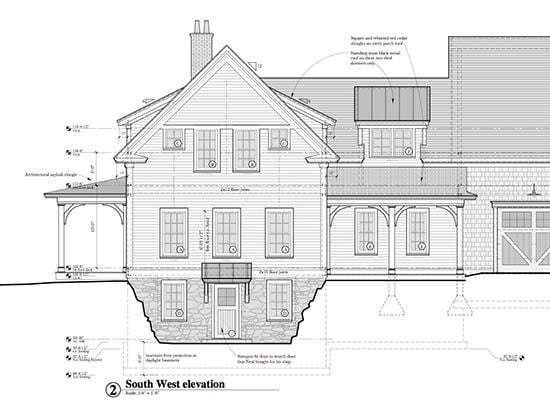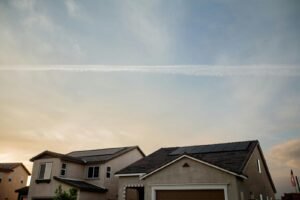What is a partial basement?: A partially finished basement is a form of basement construction in which just a piece of the foundation of a structure is below ground. Put another way, it’s a basement that just covers a portion of the building’s footprint rather than the whole thing.
When the site’s topography or other factors make a full basement beneath the whole building impracticable or unneeded, partial basements are frequently utilized. A complete basement may be vulnerable to water problems. This kind of basement can be excavated into a sloping site or utilized in locations with a high water table.
The idea of a partial basement necessitates a special method of constructing foundation construction. Partially subterranean, as opposed to fully subterranean, refers to the part of a building’s foundation that is covered below ground level. This design is frequently used in response to certain site requirements or architectural ideas.
When to Choose Partial Basement?
When the ground is uneven or sloping, it becomes impossible or unnecessary to dig the whole space beneath the structure. This is when partial basements come in handy. They are also frequently used in areas with high water tables, where a fully subterranean basement may be vulnerable to water-related problems.
Partial basements are versatile and may be used for a variety of purposes. They can hold necessary mechanical equipment like water heaters and furnaces, or they can be used as extra living space or storage. When building a partial basement, basement walls are combined with additional foundation components, like footings or piers, to support the structures above ground.
This method of creating basements provides essential functional space within a structure and allows flexibility in solving unique site difficulties. To maximize their utilization in a variety of construction projects, architects and builders frequently take into account the benefits and drawbacks of partially finished basements.
A partial basement may be used for a number of things, including extra living space, storage, or the installation of mechanical equipment like water heaters and furnaces. Depending on the exact design and structural needs, the above-ground part of the structure is usually supported by a mix of basement walls and additional foundation elements, such piers or footings.
Construction Process:
Excavation: Only the space selected for the partial basement is dug out in the initial stages of the construction process. The least amount of disruption to the surrounding area is caused by this careful excavation. To support the building’s above-ground sections, partially underground basements rely on a mix of basement walls and extra foundation components like piers or footings.
These foundational components are arranged in a deliberate manner to offer structural integrity and efficiently distribute the weight.
Benefits of Partial Basement
A partially finished basement can be used as a usable living area, adding extra space for sleeping, entertaining, or home offices. They provide easy access and storage for infrequently used objects, which is another common application for them.
They can also maximize interior space on upper floors by housing necessary building equipment like electrical panels, furnaces, and water heaters.
For those with limited room requirements, partial basement building is an affordable and flexible option. In order to ensure a more economical solution, it also enables builders to optimize building depending on the particular qualities of the site.
Conclusion
In conclusion, a partial basement is a customized foundation solution that strikes a compromise between site-specific difficulties, design goals, and construction practicalities. Because of its versatility, it may be used in a variety of building projects, giving architects and builders the chance to maximize both cost- and space-efficiency.


